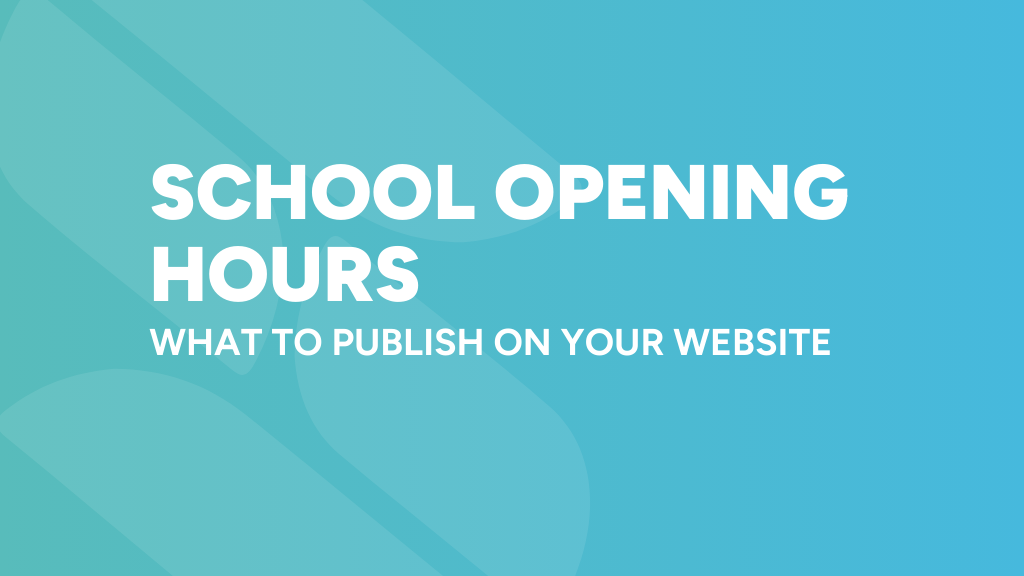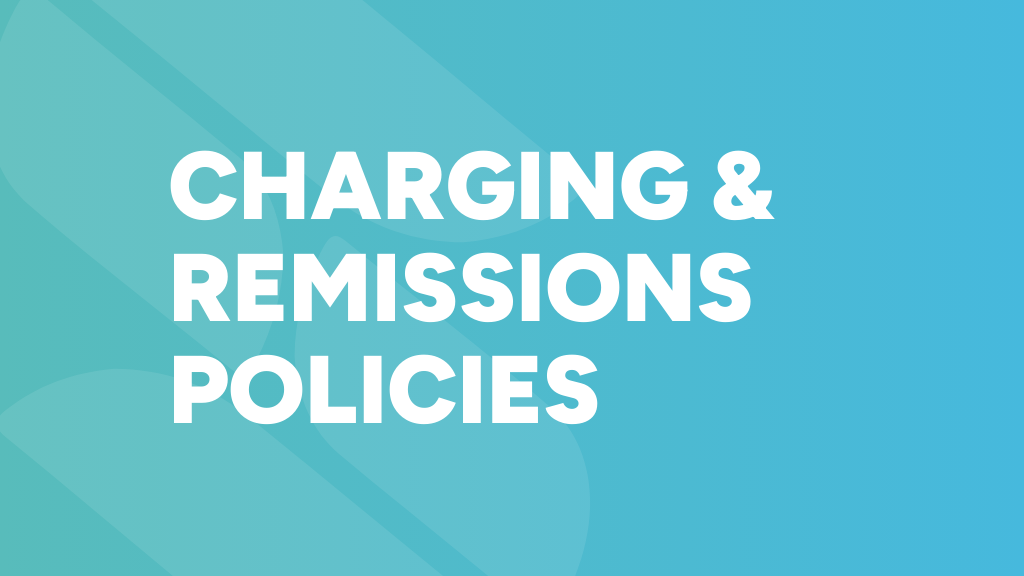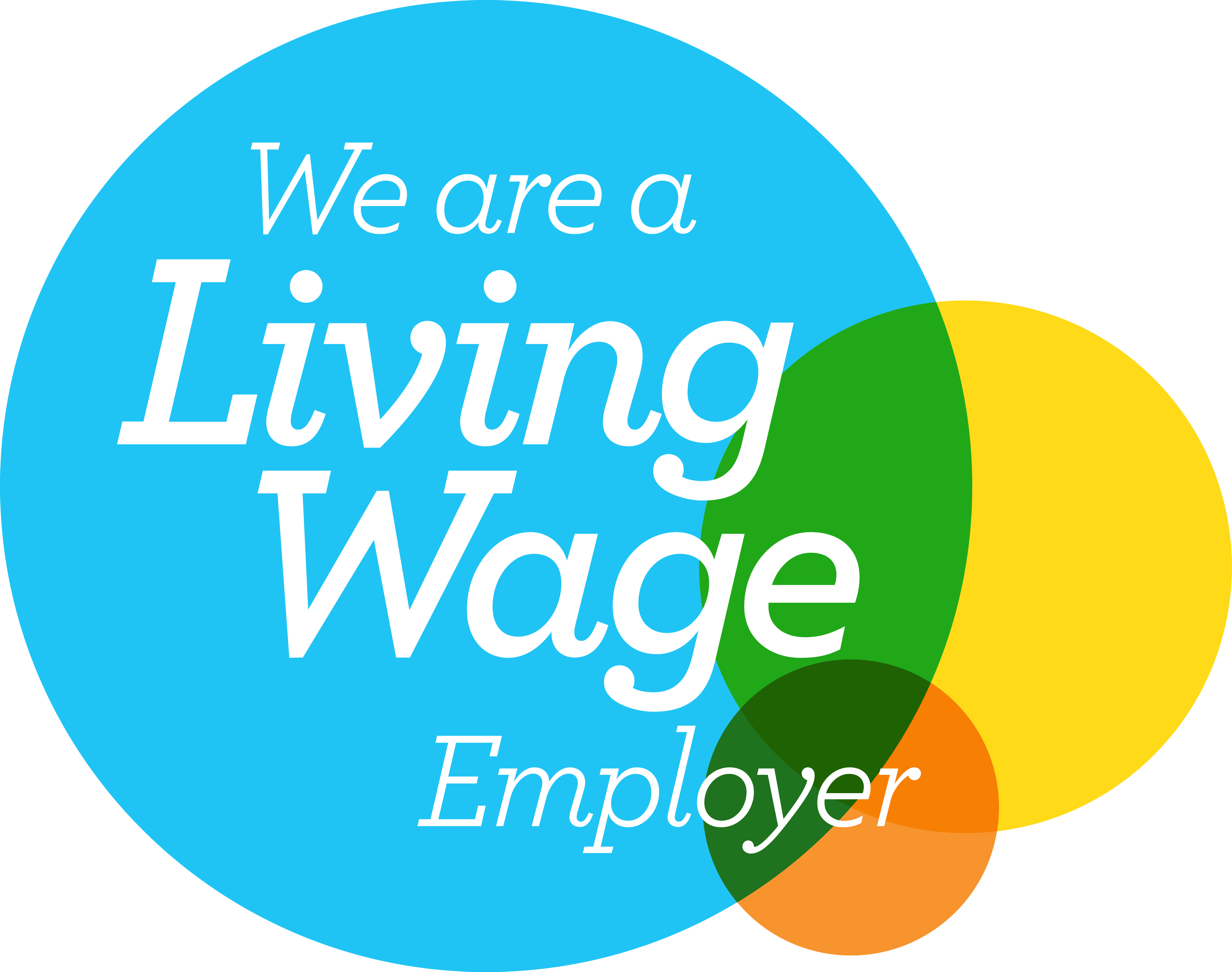The Benefits, Risks, and Key Considerations for Trusts Moving All School Websites to One Provider
The Benefits, Risks, and Key Considerations for Trusts Moving All School Websites to One Provider

The Benefits, Risks, and Key Considerations for Trusts Moving All School Websites to One Provider: A Foundational Plan
The landscape of school website management has evolved rapidly in recent years, with many Multi-Academy Trusts (MATs) seeking to consolidate their schools’ digital presence. For many, the decision to move all school websites to one provider offers a strategic advantage, streamlining operations, ensuring compliance, and enhancing user experience. However, this transition also comes with its own set of risks and considerations.
In this guide, we will explore the key benefits, potential risks, and important considerations for MATs contemplating such a move. We’ll also outline a foundational plan for how to approach the process, making it as seamless and efficient as possible.
Benefits of Moving All School Websites to One Provider
Consolidating all school websites under a single provider offers a wide range of benefits for Multi-Academy Trusts (MATs). From streamlining management processes to improving security, consistency, and cost-efficiency, this approach can drastically enhance how your trust operates online.
With a single, unified system in place, trusts can ensure that their branding, messaging, and compliance efforts are consistent across all schools, while also saving time and resources. In this section, we’ll explore the key benefits of moving all school websites to one provider and how this transition can strengthen your trust’s digital presence.
- Consistency in Brand and Messaging One of the most significant advantages of consolidating school websites under a single provider is consistency in brand and messaging. With multiple schools under a trust, there can be inconsistencies in how information is presented across websites. This can confuse parents, staff, and other stakeholders. A single provider allows you to standardise design templates, brand colours, tone of voice, and layout across all your schools, reinforcing the identity of the trust and ensuring a coherent message across the board.
- Improved Security and Compliance Security is a critical concern for schools, which often hold sensitive data and need to comply with regulations like the GDPR. Trusts that allow individual schools to manage their own websites may find inconsistencies in security protocols. By consolidating with a single provider that specialises in school websites, you can ensure robust security measures are in place, such as encryption, firewalls, and regular updates. Additionally, you can ensure compliance with government requirements, such as the UK Department for Education (DfE) standards, as the provider can help ensure all legal requirements are consistently met across all sites.
- Centralised Management for Efficiency Managing multiple websites with different platforms and providers can be inefficient and time-consuming. A centralised system reduces the burden on individual school administrators, who may lack the technical knowledge to keep websites updated. Instead, with one provider, updates can be managed centrally by the trust or by the provider’s support team. This reduces the chance of outdated content, broken links, or inconsistent information, ultimately saving time and resources.
- Cost Efficiency Consolidating with a single provider often leads to cost savings. Managing various platforms with different maintenance fees, support agreements, and potential development costs can add up. Many providers offer pricing structures that give discounts based on the number of sites managed under one roof. Additionally, the reduction in staff time spent managing separate sites can contribute to significant savings for the trust.
- Support and Training With a single provider, it’s easier to train staff across the trust on how to use the website’s content management system (CMS). Rather than having to learn and manage different platforms, staff can receive consistent training from one provider, making it easier for them to keep the site up-to-date. In addition, most professional providers offer support, so school administrators can rely on experts to manage technical issues instead of trying to troubleshoot themselves.
Risks of Consolidating All School Websites
While the benefits of consolidating websites under a single provider are substantial, it’s important to carefully consider the potential risks involved in the process. Resistance from individual schools, the possibility of losing some school-level individuality, and the technical challenges of migrating multiple sites can present hurdles. Additionally, relying on a single provider creates its own set of risks, particularly if service quality or security issues arise. In this section, we’ll outline the main risks associated with trust-wide website consolidation and how to mitigate them.
- Resistance from Individual Schools Some schools may resist the transition, particularly if they have been using a bespoke website that they have developed themselves. In these cases, they may feel a sense of ownership over their website and be reluctant to change. This resistance can lead to pushback and delays in the implementation process.
- Potential Loss of Individuality While consistency is a key benefit, some schools may feel they are losing their individual identity in the process. It’s essential to ensure that each school still has the ability to showcase its unique ethos and achievements within the standardised framework.
- Initial Transition Challenges The process of moving all websites to a new provider can be complex, particularly if the existing websites are hosted on different platforms with varying degrees of customisation. Migrating content, ensuring functionality, and minimising downtime can be challenging, particularly for larger trusts with numerous schools.
- Reliance on a Single Provider While a single provider can offer many advantages, there is also a risk associated with putting all your eggs in one basket. Should the provider experience technical difficulties, financial challenges, or a decline in service quality, the trust may find itself in a difficult position. Thorough research and selecting a reputable, long-standing provider are critical to mitigating this risk.
Key Considerations Before Moving to One Provider

Before making the decision to move all school websites to one provider, trusts must weigh several important factors. From evaluating potential providers to engaging stakeholders, developing a content migration strategy, and ensuring staff training, the success of this transition depends on careful planning and preparation. It’s also crucial to ensure that the new provider offers enough flexibility to maintain individual school identities while streamlining trust-wide management. This section will guide you through the key considerations you should keep in mind to ensure a smooth and successful transition.
- Thoroughly Evaluate Providers Not all providers are created equal. Take the time to thoroughly research and evaluate potential website providers. Look for providers that specialise in school websites, have a strong reputation, and offer comprehensive support. Ask for case studies or examples of their work with other trusts to assess the quality of their service.
- Engage Stakeholders Early Successful transitions depend on early engagement with key stakeholders. Engage school leaders, administrators, and IT staff early in the process. This will help you understand any concerns or objections and allow for collaborative problem-solving. Involving them from the beginning will also make them feel part of the decision-making process, rather than imposing the change from the top.
- Develop a Content Migration Strategy Moving from multiple providers to one will require careful content migration planning. Identify which content needs to be transferred, updated, or removed. Ensure you have a clear plan in place for migrating existing content to the new platform without losing critical information.
- Create a Clear Training Plan Even the best website platform will be ineffective if staff don’t know how to use it. Develop a comprehensive training plan to ensure that staff across all schools understand how to use the new CMS. This might involve initial workshops, ongoing webinars, and on-demand training resources for new staff.
- Ensure Customisation Options While you may want consistency, ensure the provider offers flexibility so each school can maintain its individuality. This might mean allowing schools to highlight their unique curriculum, achievements, or extracurricular activities in their own sections of the website.
- Monitor Performance Post-Launch Once the websites are live, the work doesn’t stop. Monitor the performance of the new websites regularly. Use analytics to track key metrics like traffic, user engagement, and performance. This will help you identify areas for improvement and make data-driven decisions moving forward.
A Foundational Plan for Moving to One Provider
To ensure a smooth transition, trusts should follow a step-by-step plan. Below is a foundational roadmap to help guide your trust through the process:
- Research and Choose a ProviderBegin by researching providers that specialise in school websites. Look for features like strong security, ease of use, and reliable customer support. Ask for recommendations from other trusts and evaluate their experience.
- Stakeholder Engagement and Buy-InEngage all relevant stakeholders, including headteachers, IT teams, and administrative staff, early in the process. Address their concerns and demonstrate the long-term benefits of the transition, such as better compliance and reduced workload.
- Conduct a Website AuditAudit all existing websites to identify essential content, areas for improvement, and any outdated or redundant pages. This will form the basis of your content migration strategy.
- Create a Project TimelineWork with the chosen provider to create a realistic project timeline. Break the project into phases, ensuring each school can transition smoothly without disruption to website availability.
- Train StaffDevelop a detailed training plan, ensuring all relevant staff are equipped to manage the new system. Make sure they understand the benefits of the new platform and are comfortable using it day-to-day.
- Migrate Content and LaunchMigrate content based on your audit, ensuring all necessary information is updated and formatted correctly. Plan the launch carefully to minimise downtime, and communicate the changes to all stakeholders, including parents.
- Monitor and RefinePost-launch, use analytics to monitor website performance. Ensure that the new sites are meeting compliance standards and providing a positive user experience. Continue to offer ongoing training and support to ensure staff can manage the site effectively.
Schudio’s Approach to Trust-Wide Website Projects and the Benefits of Choosing Schudio

When it comes to managing a trust-wide website project, Schudio offers a tailored approach that ensures seamless coordination across multiple school sites. Schudio’s CMS (Content Management System) has been specifically designed to meet the needs of Multi-Academy Trusts (MATs), providing unique features that streamline operations, save time, and drive efficiency.
Here’s how Schudio approaches these projects and why it is the ideal choice for trusts:
1. Customised Centralised Management
Schudio understands that trusts need a scalable, efficient way to manage content across multiple websites. With features like Shared Document Groups, you can update trust-wide documents (such as policies) in one place and have them automatically reflected across all school sites. This eliminates redundancy, saves time, and ensures consistency in messaging and compliance across the trust.
Another standout feature is Super-Users, who have access to manage all the websites within the trust from one central dashboard. This makes it easy for trust-wide administrators to maintain control while also allowing individual schools a degree of autonomy.
2. Built-in Features to Support Trusts
Schudio’s CMS is packed with features built specifically for trusts. For example:
- RAG Reports allow for easy performance monitoring by school, helping central teams keep track of core indicators in a public-facing and accessible way.
- Bookable Events management centralises the scheduling of CPD (Continuing Professional Development) sessions across the trust and enables staff from different schools to book onto shared training sessions.
- Trust-wide Job Vacancy Management centralises the recruitment process, offering the ability to list, search, and filter job vacancies across the entire trust from a single portal(Trust Specific Features…).
3. A Collaborative, Relationship-Driven Approach
At Schudio, the relationship with clients goes far beyond simply delivering a product. From the outset, Schudio positions itself as an extension of your team. This relationship-based approach ensures a deep understanding of your trust’s unique goals and challenges, allowing them to deliver a website that truly meets your needs(Proposal-FINAL-PDF).
The Schudio team also places a high priority on training and ongoing support. Unlimited access to SchudioTV ensures that all stakeholders, from central administrators to individual school users, can confidently manage and update their website. This collaborative spirit extends beyond the initial launch, with Schudio maintaining regular communication to share best practices, provide updates, and ensure your trust’s website is always functioning at its best.
4. Predictable Pricing and No Hidden Costs
One of the standout benefits of working with Schudio is their commitment to transparency in pricing. Schudio provides clear, upfront pricing, ensuring that the services you need are included without any hidden surprises. This is particularly valuable for trusts facing budget constraints or requiring predictable financial planning(Proposal-FINAL-PDF).
5. Compliance and Ofsted-Ready Websites
Schudio’s deep experience in the education sector means they fully understand the regulatory requirements trusts must adhere to. The CMS includes built-in compliance tools, such as policy management with expiry notifications, helping trusts stay on top of website compliance requirements and reducing the risk of missing critical updates(Proposal-FINAL-PDF).
Moreover, their school website compliance software offers a first-to-know feature for any changes in statutory content requirements, helping you keep your trust’s websites fully compliant, even as regulations evolve. This is especially critical for MATs looking to standardise compliance across all schools.
6. Innovative Features to Engage Stakeholders
Beyond compliance and management, Schudio offers features designed to enhance engagement with the wider school community. Tools like
Trust-wide Job Vacancy Management and Academies Map make it easier for stakeholders to find information, improving the user experience across all school websites(Trust Specific Features…).
Furthermore, Schudio ensures that all websites are designed to be mobile-friendly and accessible, ensuring inclusivity for all users, including those with disabilities. This attention to accessibility standards ensures that your trust-wide website is both engaging and compliant with modern web accessibility requirements(Proposal-FINAL-PDF)(Trust Specific Features…).
Why Choose Schudio for Trust-Wide Website Projects?
Schudio’s approach to trust-wide website projects is deeply collaborative and tailored to the specific needs of Multi-Academy Trusts. Their platform is designed to save you time, increase operational efficiency, and ensure full compliance with education regulations.
The benefits of choosing Schudio as your preferred supplier include:
- Centralised, trust-wide management features that streamline processes across multiple school websites.
- Ongoing support and training that empowers staff at every level of the trust to confidently manage their websites.
- Transparent and predictable pricing with no hidden costs, making budgeting straightforward.
- Compliance tools that ensure your trust’s websites are always Ofsted-ready and compliant with the latest regulations.
- A relationship-first approach that positions Schudio as an extension of your team, not just another supplier.
By choosing Schudio, you are partnering with a team that understands the unique challenges and requirements of Multi-Academy Trusts and provides a feature-rich platform designed to help your trust thrive.
For more information on how Schudio can support your trust-wide website project, get in touch with our MAT Team to being a conversation.
Conclusion
Consolidating all school websites under one provider offers many advantages, including enhanced security, cost savings, and a more streamlined user experience. However, the transition requires careful planning, stakeholder engagement, and a robust content migration strategy. By following the steps outlined above, trusts can make the process as smooth as possible and ensure long-term success with their digital presence.











